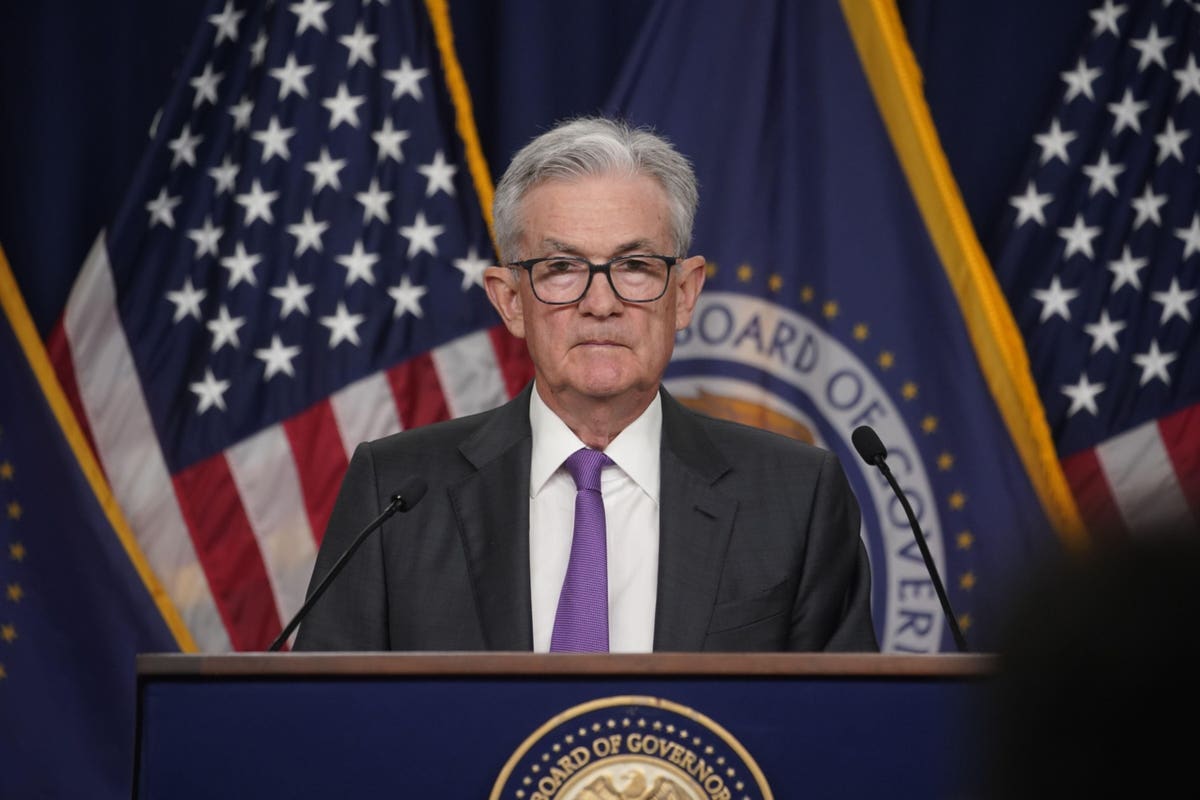After two relatively tame Consumer Price Index inflation reports and some evidence that the employment situation may be softening, the Federal Reserve is not expected to raise rates at its September meeting.
However, there is still a chance that the the Fed raises rates again in 2023. As such the September meeting may matter more for clues as to what the Fed has in store for November, including the Summary of Economic Projections showing where policymakers see rates at year end.
Low Chance Of September Hike
Interest rate futures, as measured by the CME FedWatch Tool give roughly a 1 in 10 chance that interest rates are raised at the Fed’s next meeting, with the decision coming at 2pm EDT on September 20.
Typically, the Fed manages expectations carefully. That means that the chance of the Fed surprising markets is slim. So, unless the economic data changes abruptly, the Fed will likely hold rates steady. That could make the rate increase that occurred in July the last of this interest rate cycle. However, an interest rate hike at the Fed’s next decision on November 1 is possible, if unlikely, based on comments from officials and the assessment of markets. There is approximately a one in four chance of a November hike based on the assessment of the bond market, with a November hike only likely if the Fed did not raise rates in September, as expected. Then the Fed’s last scheduled 2023 decision comes on December 13. Currently markets aren’t expecting a move in rates here, though this is far enough away that expectations could shift, with a rate cut an outside possibility in the eyes of markets, even if officials view that as highly unlikely.
Softening Inflation
The main driver of the Fed’s monetary decisions in 2023 has been the inflation picture. The last two CPI reports have shown signs of disinflation. That’s exactly what the Fed wants to see. However, the Fed is looking for more evidence that inflation is beaten, because the Fed’s target for annual inflation is 2% and even after the encouraging CPI reports, annual core inflation (which removes changes in food and energy prices) is at 4.7% for July. That’s significantly above the Fed’s goal.
The Fed plans to hold rates at relatively high levels for some down to help bring inflation down, but the question is whether any further hikes are needed. Patrick Harker, President of the Philadelphia Fed recently expressed this view saying on August 8 that “I believe we may be at the point where we can be patient and hold rates steady and let the monetary policy actions we have taken do their work.”
Not everyone shares that view. Fed Governor Michelle Bowman said on August 5, that “I also expect that additional rate increases will likely be needed to get inflation on a path down to the FOMC’s 2 percent target.” Therefore, certain Fed officials still see more rate hikes as necessary. This may mean that there is no consensus decision on interest rates in the final meetings of 2023, with a one rate hike a possibility depending on the view of some officials. Disagreement on rates could occur.
Summary of Economic Projections
Even if the September meeting does not yield any change in rates as most expect then markets will be listening to Jerome Powell’s press conference and analyzing the Fed’s Summary of Economic Projections for signals as to what might be coming in November or December. Economic projections are updated at every other scheduled Fed meeting. The last update from June suggested that interest rates may end 2023 at 5.5%-5.75%, one notch above where they are currently. However, the views of Fed officials may have evolved in recent months, in part, as recent inflation data has been broadly encouraging.
Employment
Though the Fed has devoted much of its attention to inflation, employment in part of their mandate too. For 2023 so far, employment has held up better than many expected, giving the Fed the luxury of focusing on inflation risks without much of an obvious trade-off for the economy.
However, if jobs data were to deteriorate, then the Fed may be less inclined to raise rates, all else equal. The last jobs report for the month of July was encouraging, but there will be another jobs report on September 1 before the Fed meets on September 20.
Falling Rates?
As the chance of the Fed raising rates again diminishes, the market’s focus may turn to the Fed’s plans to bring rates down in 2024. The Fed has signaled this is likely. Still, it may happen at a slow pace on the Fed’s current estimates. For example on the recent projections of officials and markets, interest rates may end 2024 at around 4%, which is still high compared to interest rates over the past decade. However, the dispersion of potential outcomes here remains broad, depending on the fate of the economy.
The Fed’s September meeting is expected to hold rates steady. If so, main focus will be on the chance of a November hike, though the prospects of that could be receding. If that’s the case, then the discussion may turn to the Fed’s plan to move rates lower in 2024 assuming inflation remains on track.
Read the full article here



